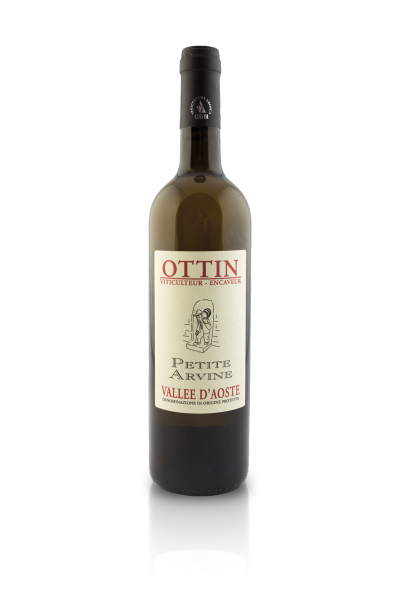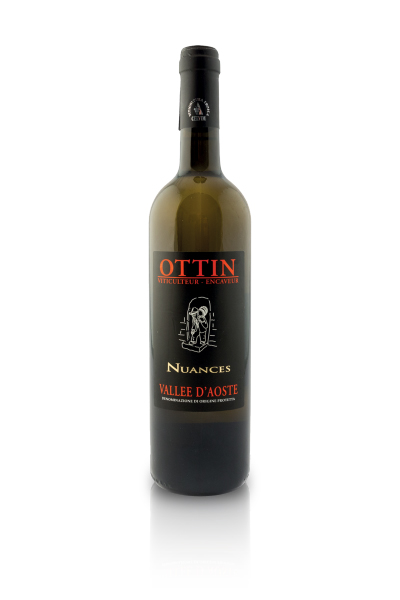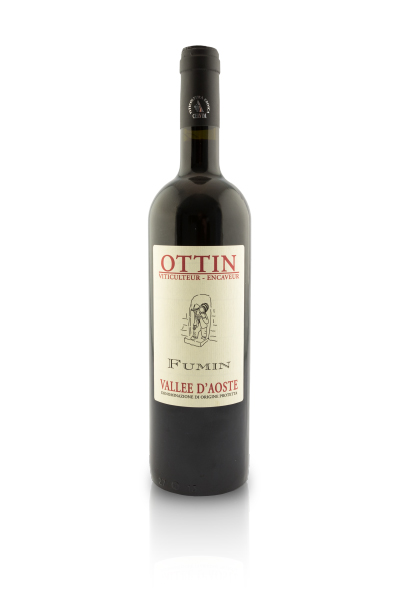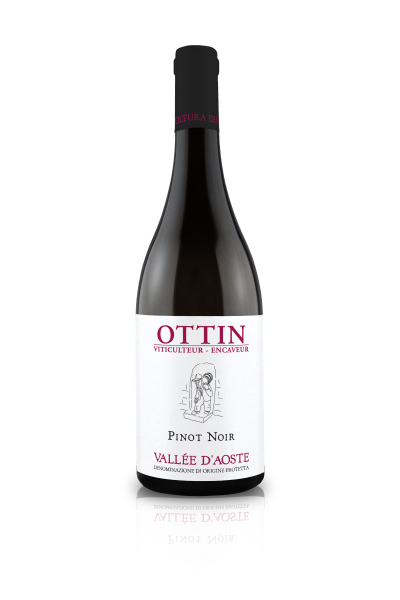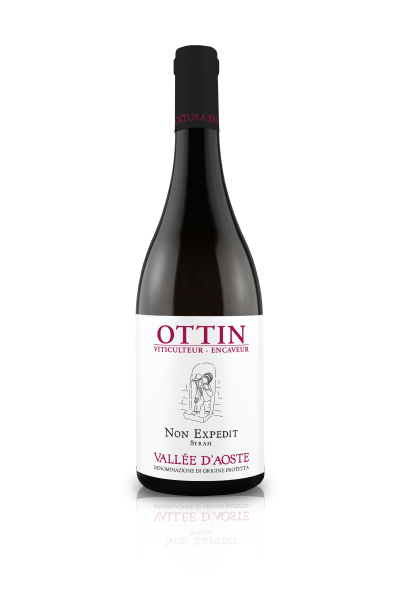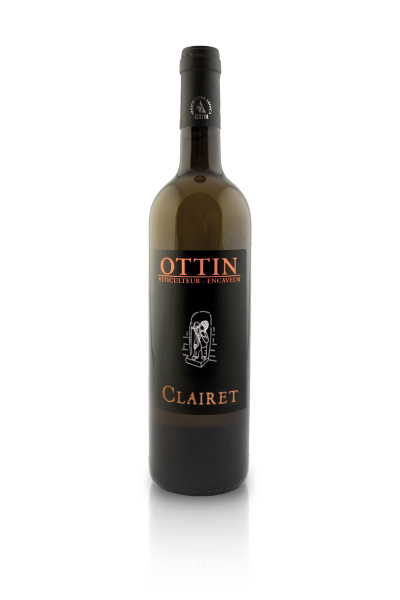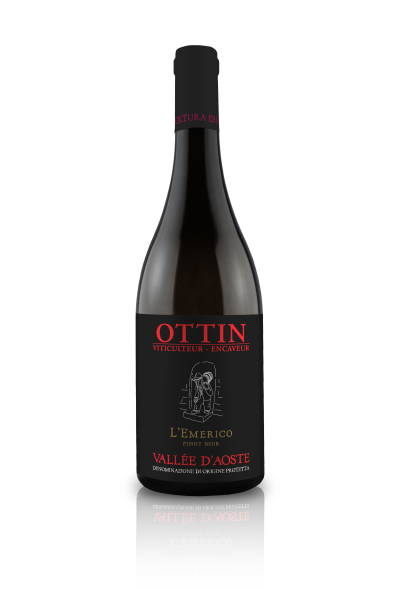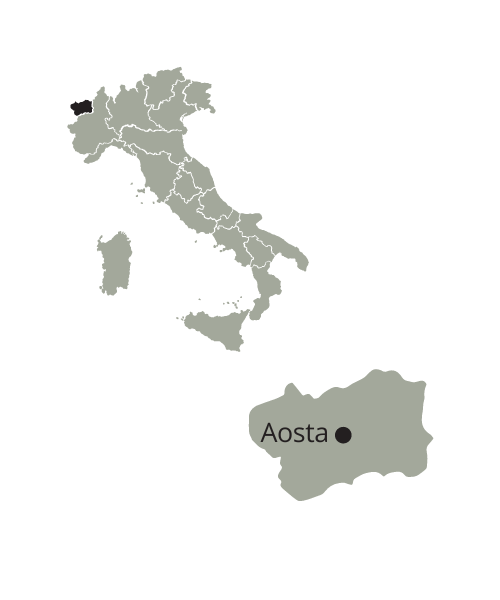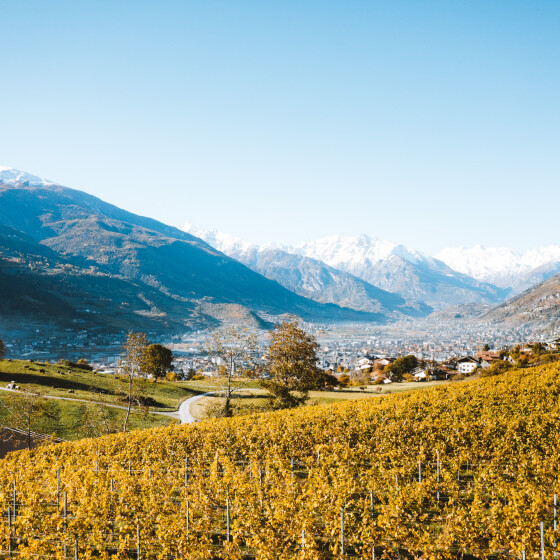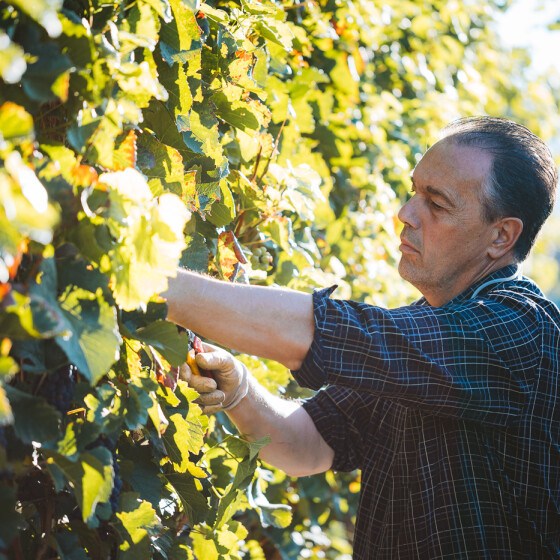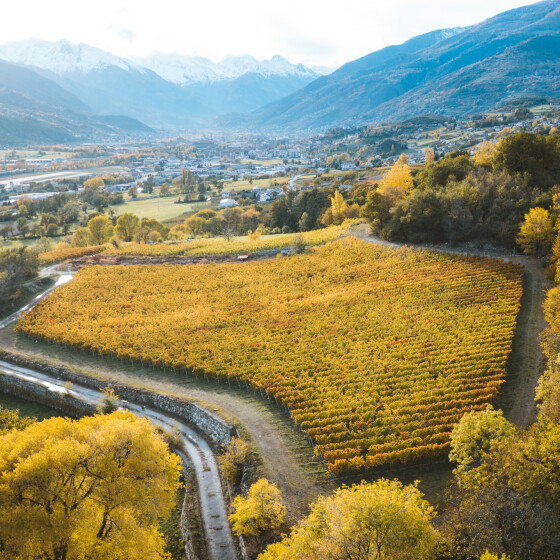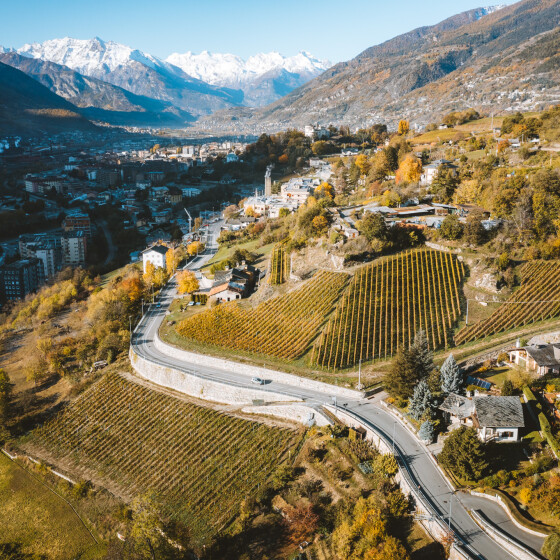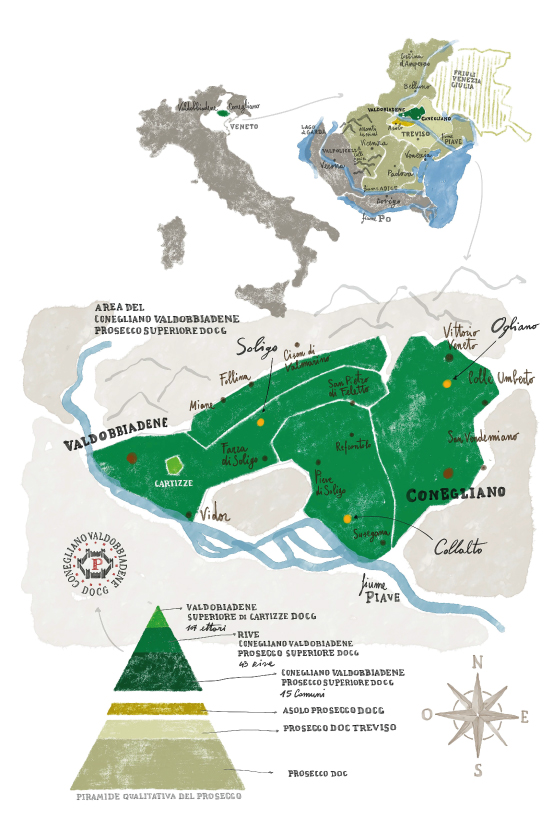THE COMPANY
Elio Ottin’s adventure began in 1989 when, after training at the Institut Agricole Régional, he bought his first plots of land in the area between the municipalities of Quart and Saint-Cristophe at the age of 23. They were virgin soils with steep slopes, but after a few years they would become Ottin’s ‘terroir,’ which in fact marks all the domaine’s wines with an unmistakable imprint, imparting minerality and verticality that are the primary characteristics of the wines of the Aosta Valley mountains. In 1999 Elio decided to leave his job in the region’s offices to devote himself entirely to his dream. In a short time the farm grew to an area of 13 hectares divided as follows: 4 hectares under vine, 4 hectares under apple orchard and 5 hectares under pasture. About thirty thousand bottles with 3 wines were produced in 2007, and in 2009 the new winery was opened, since until then the winemaking room was shared with two other small producers within a friendly farm. With the purchase in 2014 of an additional 3 hectares, the vineyard area is complete, and shortly thereafter son Nicolas, with some experience first in New Zealand and then in Burgundy, joins his father in running the estate. Sustainability, through integrated pest management, favoring organic cultivation, work in the vineyard respecting the terroir but above all the great ability to produce fine and elegant wines, make Nicolas and Elio Ottin the standard bearers of Valdostan oenology.

